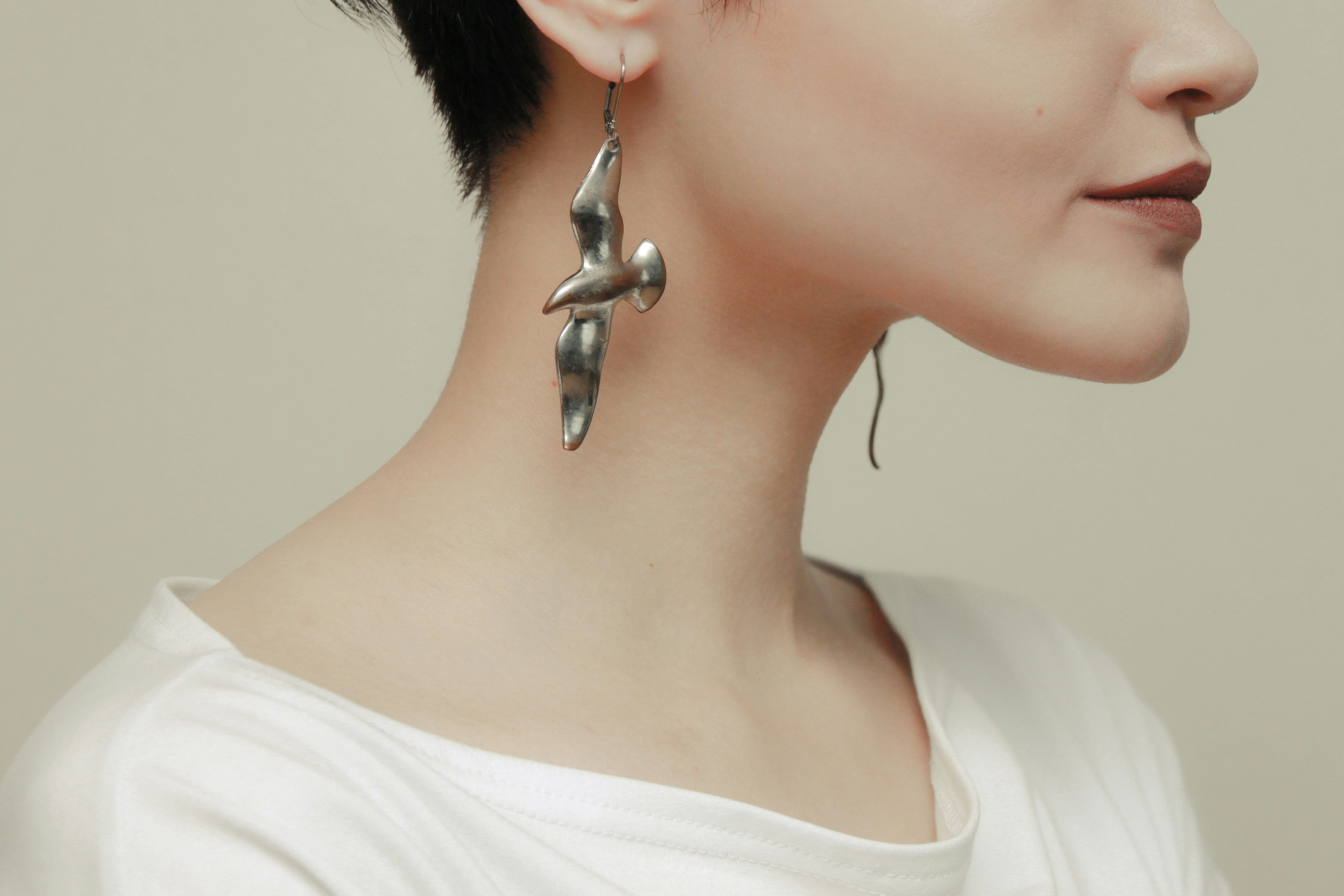The Emergence and Impact of Plant-Based Beauty
The beauty industry has seen many transformations throughout history, one of the most significant being the shift towards plant-based beauty products. This shift didn't happen overnight; it’s built upon centuries of human interaction with the natural world. Ancient civilizations used plant-based ingredients for beauty and wellness, from the Grecian use of olive oil as a moisturizer to the Egyptian's use of aloe vera for skincare.

The Modern Shift: A New Appreciation for Nature’s Bounty
Fast forward to the 21st century, and the beauty industry is returning to its roots, with the rise of plant-based beauty products. This shift is fueled by a growing awareness of the potential harm synthetic ingredients can cause to our bodies and the environment. Consumers are becoming more conscious, demanding transparency about what’s in their beauty products.
The Power of Plants: The Benefits of a Plant-Based Beauty Routine
Plant-based beauty products are not just a trend; they offer significant benefits. They contain vitamins, antioxidants, and essential oils derived from plants, which have healing and regenerative properties. Many of these ingredients have been used in traditional medicine for centuries and have been shown to be effective in scientific studies. Additionally, plant-based products are kinder to the environment, as they require fewer resources to produce and cause less pollution.
The Green Market: The Influence and Future of Plant-Based Beauty
The plant-based beauty sector is flourishing. According to market research, the global vegan cosmetics market is projected to reach $20.8 billion by 2025. This growth is driven by a surge in consumer consciousness and the increasing availability of high-quality plant-based products. Brands are responding to this demand by developing innovative plant-based formulas and committing to transparent, ethical practices.
Making the Switch: Embracing a Plant-Based Beauty Routine
Switching to a plant-based beauty routine can seem daunting, but it doesn’t have to be. Start by reading product labels and familiarizing yourself with common plant-based ingredients. From there, you can gradually replace your synthetic products with plant-based alternatives. Remember, the goal is not perfection, but progress towards a healthier, more sustainable beauty routine.
In conclusion, the surge in plant-based beauty is not a mere trend but a reflection of a broader societal shift towards healthier, more sustainable lifestyles. It’s a testament to the power of nature and our inherent connection to it. As consumers continue to demand transparency and quality, the plant-based beauty market is set to grow even further, leading the way towards a greener future in the beauty industry.




